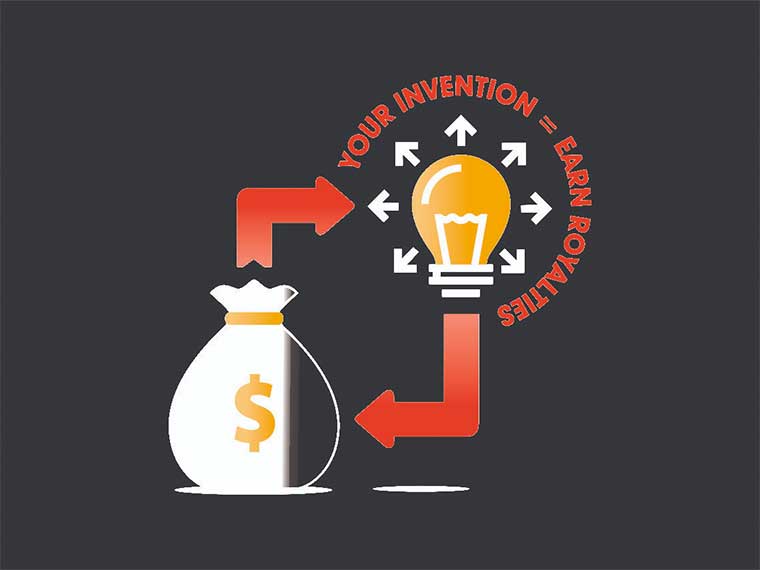So, you have an idea for a great new invention and you know you can make money with it.
You’ve done your preliminary research, you know your idea is original, and you’ve filed at least for a provisional patent to protect your idea.
But, like many new inventors, you may have limited funds or be unfamiliar with the manufacturing process.
Licensing your product may be the best solution, and you don’t have to quit your day job, and keep on inventing new ideas.
What Does It Mean To License Your Idea?
A simple definition of licensing is renting your intellectual property; this property could be a patent, a trademark, a trade secret, an algorithm, or a process. When you license your idea, you’re partnering with a company (AKA the licensee) that has manufacturing capabilities and distribution, so that your invention can be brought to the marketplace and, ideally, all parties will earn a profit, as the licensee will earn a profit and you’ll earn royalties.
What Kinds Of Inventions Can Be Licensed?
When it comes to licensing your invention, the most important thing to keep in mind is the importance of finding a licensee that fits your product’s category. You wouldn’t bring a kitchen gadget to a car parts company; you would bring it to a company that’s in the kitchen gadget space already.
That being said, the best types of inventions to license are the inventions that fit in with an existing company’s product line.
Find A Potential Licensee
When it comes to finding a potential licensee, you can either work with a licensing agent for help, or you can search for a licensee on your own.
Working With A Licensing Agent
You can find licensing agents who specialize in specific industries and already have a professional relationship with the contacts you’ll need to get your product in front of.
Some of the best places to find these licensing agents are at trade shows, industry magazines, or local inventor clubs in your area. Alternatively, you can reach out to Inventor Smart to discuss if your invention qualifies for licensing. Inventor Smart experts will represent your invention and get in touch with a licensing agent in your space.
Finding A Licensee Without An Agent
As we discussed, the first step to finding the right licensee for your product is to determine what category your product falls into. For this example, let’s say your invention is a kitchen gadget. Based on this information, we can determine that the best licensee for you to work with is an established company that sells kitchen products.
Now that we’ve figured out we need a licensee in the kitchen space, the next step is to identify some nearby retailers that sell kitchen items. These can be specialty stores, boutiques, or even big box stores like Walmart, Target, or Bed Bath & Beyond. Take a trip to these stores and look through the section where your product would go if it were sold there.
Keep Track Of Manufacturers & Distributors In Your Product’s Category
As you’re browsing the merchandise, take note of the different brands whose products are being sold in the aisles where you can envision your invention.
Look at the packaging carefully to find the names of the manufacturers and distributors; this information can typically be found on the back of the item in small print. The key to licensing your product is working with a licensee who can take care of manufacturing and distribution for you.
As you start to identify kitchen gadget companies manufacturers and distributors, start making a list of these companies’ names and websites to create a directory for yourself of potential licensees.
Research The Companies You’re Interested In Pitching To
Next, research these companies online to learn more about their backgrounds, product lines, and, if possible, their management. Find out where each company is located, the names of the stores they distribute to, and which geographic regions their products are currently being sold in.
Once you have an idea of which companies could be the right fit for your product, go back to their websites and look for a section for new product submission. If this is not available, look for the company’s contact information so that you can present your invention to them.
Present Your Idea To A Licensee
This is a big moment! It’s time to start making calls to the companies you’ve selected as potential licensees. The best plan of action is to call their corporate numbers and ask if they review outside invention ideas; if they do, find out how you can present your product.
Remember, companies attend trade shows to meet their buyers and show them new products. If they don’t have anything new or limited, these are good opportunities for inventors and their inventions to get that open door.
Prepare to be asked about what kind of protection you have for your invention. The companies you speak with may wish for an exchange of non-disclosure agreements, and it may take some navigating before you can finally speak with the person in charge of licensing deals for the given company.
Once you’ve gotten through any red tape, you must be prepared to deliver a quick elevator pitch, where you will discuss what your product does and the unique benefit it offers to a potential customer.
Make An Impression With Your Pitch
You may be asked for photos, sketches, or prototypes of your product. Make sure you can provide as much information as possible to the person you’re pitching to. Inventor coach Brian Fried even recommends preparing a short video ahead of time, and sharing the link via email.
After The Pitch
If the company is not interested in your product, see if they can offer feedback as to why they’ve decided not to partner with you. Always remember to remain professional, and be respectful of their decision in order to keep an open door for a future opportunity.
It may not be that your idea is terrible, it may just not be for them and their product line. Timing is also a factor.
If, however, the company you pitched to is interested in your product, the next step is to put together a licensing agreement, which outlines the relationship between you and your licensee.
Your Licensing Agreement
If the company you pitched to is interested in your invention, you will then sign a licensing contract, which will outline the agreement between you (the licensor) and your partner (the licensee).
Your licensing contract will also explain in detail the way in which you will earn your royalties, or the percentage of revenue that will be paid to you after your item is sold.
Some other common items that may be covered in your licensing agreement could be exclusivity, territories covered, guarantees of minimum sales, advances against your royalties, and more specific terms of the agreement itself.
Based on the conditions of your licensing agreement, you may have additional responsibilities to uphold, such as your responsibility of protecting your intellectual property, in order to maintain the relationship between yourself and your licensee, but this will vary on a case by case basis.
How Do Royalty Payments Work?
Then comes the royalty payments, which are a percentage of the wholesale cost. So for example, the licensee produces the product and it costs $1 to make, then they sell wholesale to a retailer for $3.00, then the retailer sells the product for $6, your royalty payment would be based on the $3.00. So, if your negotiated royalty rate is 5%, on the $3.00, your royalty payment
would be $.15 per unit sold. Remember, if you’re licensing, you will want to find a licensee that has strong distribution channels and does mass volume. Understanding where your potential licensee partner sells to can determine sales expectations. If you are considering an As Seen On TV direct response marketer, home shopping channel, like QVC or a company that sells direct to the consumer, you are eliminating the wholesale rate so there is a higher margin from product production cost to retail sale. Most likely your royalty rate may be adjusted to include marketing and other ancillary expenses. You’ll be surprised how those royalty payments add up and enjoy reaping the rewards from quarterly royalty checks. Remember it may take some time for your licensee to modify some of your design, create new prototypes and work with the buyers when your product is delivered to the retailer, then the product finally showing up on the shelf.
Additional Information
To learn more about licensing your invention or earning royalties for your product, check out our talk show series,(on Got Invention Radio, or contact Inventor Smart’s Licensing team today for a free 10-minute consultation.







